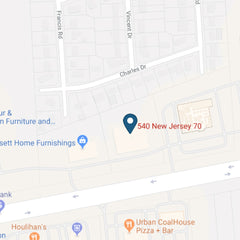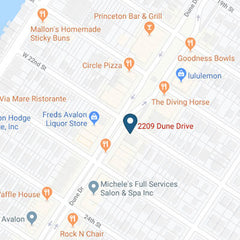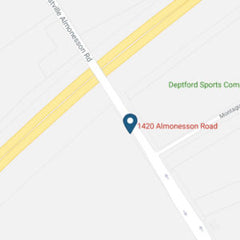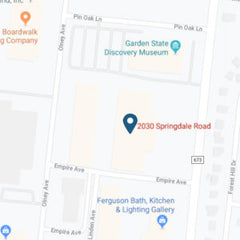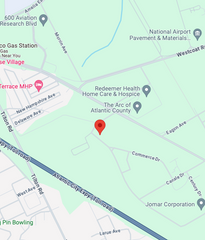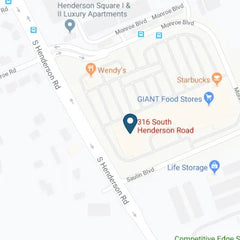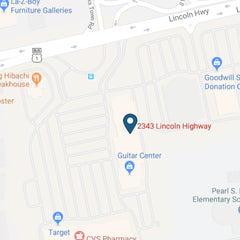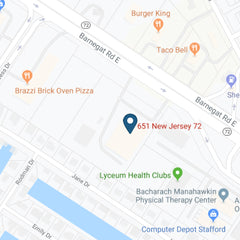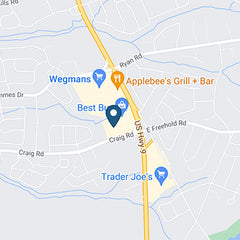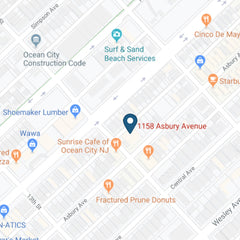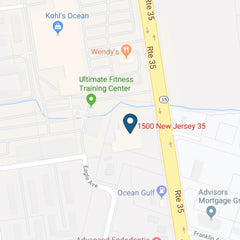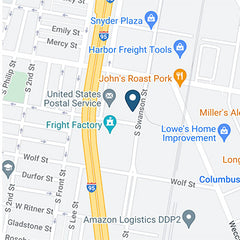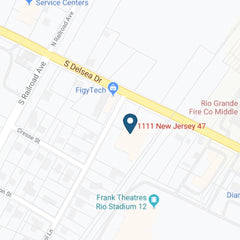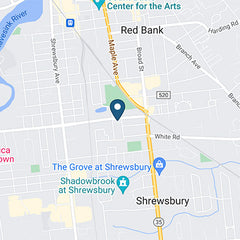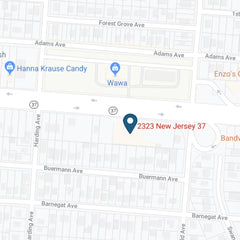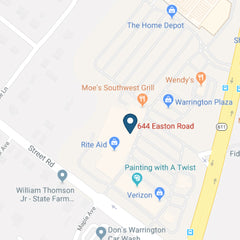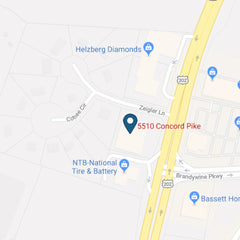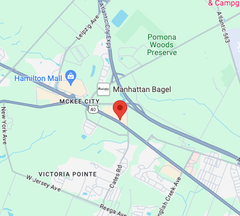"What type of material should I use for an area rug?" This is one of the first questions that you should ask yourself when looking for a rug for your space. The look, the feel and durability of any area rug is generally dependent on the materials it's made out of. Every fabric and fiber has its own distinctive details and it's important to pick the right material that fits your needs. Questions to think about when choosing area rug materials include:
These are all important factors to consider when choosing the right area rug, and we're here to break each one down to help you choose the perfect one for your space!
Wool Area Rugs

Wool is the oldest type of material used for area rugs. And while it mostly comes from sheep, it can also come from goats, alpacas and even llamas, making it extremely durable and natural. In addition to being durable, it's also water resistant, breathes easily and handles humidity well—making it a great choice for high traffic areas and clumsy families with kids and/or pets. To add to its advantages, wool is also fire-resistant, static-resistant and noise-insulating.
To learn more about why wool area rugs are a great option, check out our other blog here.
Seagrass Area Rugs
Another earthy area rug material is seagrass. Seagrass area rugs offer softness, flexibility, and an organic look to your space. These thick, reedy rugs are nicely textured and expertly framed, which provides a long lifespan and durable good looks. Best of all, seagrass rugs resist soil stains and damage. They're easy to wipe clean and forgiving when it comes to accidents. This makes them an ideal choice for heavy traffic areas. They're also great to use for pets and kids. It's good to consider using seagrass whenever you need superior floor protection or even just a touch of Mother Nature. They can nicely blend into the background or be a bold décor item in your space easily.
Bamboo Area Rugs
Based on the age-old Japanese art of tatami mats, modern bamboo area rugs are quite sturdy. These natural, rich fiber rugs are like giant heavyweight mats that will easily lay over carpet, tile, cement or other surfaces. Besides their beauty, durability and flexibility, bamboo area rugs are water and scratch-proof thanks to polyurethane. This treatment prepares the rug for either indoor or outdoor use. It also helps protect against harmful UV rays that can cause fading from the sun. Durability, beauty and practicality make this basic area rug material an excellent investment. You can try them in your kitchen, living room, dining room, bedroom, bathroom or even dorm room—anywhere you like. They have a unique advantage of looking simple and delicate, with a strong and sturdy backbone.
Sisal Area Rugs
Sisal, which originated in Egypt as a natural plant material, is a wooden agave plant that grows into rosette shapes. The leaves are thick and sword-shaped. This fiber is known for its rich natural colors (shades of caramel, brown and often yellow) and its incredible strength. Today, sisal is grown all over the world and the area rugs are mostly machine woven. A sisal area rug has many advantages. Besides being all-natural, they're ideal for anyone who has allergies to more well-known materials like wool or synthetic. Plus, they're just right for those trying to get back to nature in their home décor style. Sisal area rugs also resist oil, dirt and buildup and water so clean up isn't an annoying chore. Their dense fibers have a natural sound dampening effect, which makes them a great choice for noisy spaces.
Acrylic Area Rugs
Acrylic is a man-made material that's similar to the look and feel of wool. It's a plastic fiber made from acrylonitrile. Acrylic became a popular substitute for wool in the 1950's in a number of carpets and rugs. Acrylic rugs have some great advantages - they're typically less expensive than wool, resistant to both mold and mildew, and fairly stain resistant! However, they do tend to wear out more quickly, so they're not the best choice for high traffic spaces.
Chenille Area Rugs
Chenille is a tufted velvety yarn material that's soft, fuzzy and quite thick. These area rugs are known for their natural colors. However, because of the popular softness and fuzziness, this type of area rug isn't recommended for high traffic areas.
Olefin Area Rugs
Olefin is one of the most stain resistant materials out there that's typically very easy to clean. It won't shed or fade since olefin is a petroleum byproduct that's dyed while in a liquid state.
Cotton Area Rugs
Since this material is taken straight from the well-known cotton plant, its natural fiber is both soft and strong. Cotton area rugs can easily absorb a variety of dyes, which allows for many color options and stylish designs. The material also makes a great backing fabric, helping the rug keep its shape and lie flat on the floor. Cotton area rugs are pretty easy to clean, as they are machine washable and even biodegradable. However, these type of area rugs are known to attract dust or more, so they're best used in lower traffic areas.
Leather Area Rugs
Leather rugs come in a variety of different shapes and sizes, whether they're cowhide or suede. They're typically very durable, easy to clean and good for high traffic areas.
Polypropylene Rugs
Polypropylene is the most stain- and fade-resistant material available. It won't shed or fade, and it's very easy to clean. Polypropylene, like olefin, is a petroleum byproduct, so it's dyed while in a liquid state to prevent the color from running or fading.
Nylon Rugs
Nylon area rugs are known for their durability. Most of these types of area rugs are capable of being used outside. This type of material is able to stand up to a lot of wear and tear. This means, that's right you guessed it, it's great for high traffic spaces—or even as a décor accent under heavy furniture. Last but not least, they're quite easy to clean and maintain.
Polyester Rugs
Polyester fiber produces some of the prettiest color variations available, and it's extremely fade and stain resistant. However, it's not the most resilient material so it's better suited for a low traffic area.
Silk Area Rugs

A natural protein fiber, silk is often blended with other rug fabrics to produce a distinctive softness and sheen. The fiber's unique structure refracts light at different angles, giving it a shimmering appearance. Because silk is created from harvested larvae cocoons of silkworms, the production process can be tricky and time-consuming. Silk rugs are known for their softness as well as their strong and distinctive sheens. However, silk is a more difficult fabric to clean, and has been known to show footprints a little more easily than other fabrics.
Rayon Area Rugs
Rayon has a silky appearance and feel. It also has the ability to breathe in a way that's similar to cotton. However, rayon will wrinkle more easily than other materials, meaning it requires more maintenance.
Viscose Rugs
Like rayon, viscose material also has a silky appearance. Its breathability and feel is similar to cotton, but it tends to wrinkle more easily than other fabrics—which means more maintenance is required.
Synthetic Rugs

This fabric is man-made. In area rugs, this material is often used to mimic the characteristics of natural fibers. They're typically strong, stain resistant and great for high traffic spaces.
Now that you know about all the different materials used to make area rugs, it's time to visit one of our stores and choose which kind will be the most outfitting for your home!


